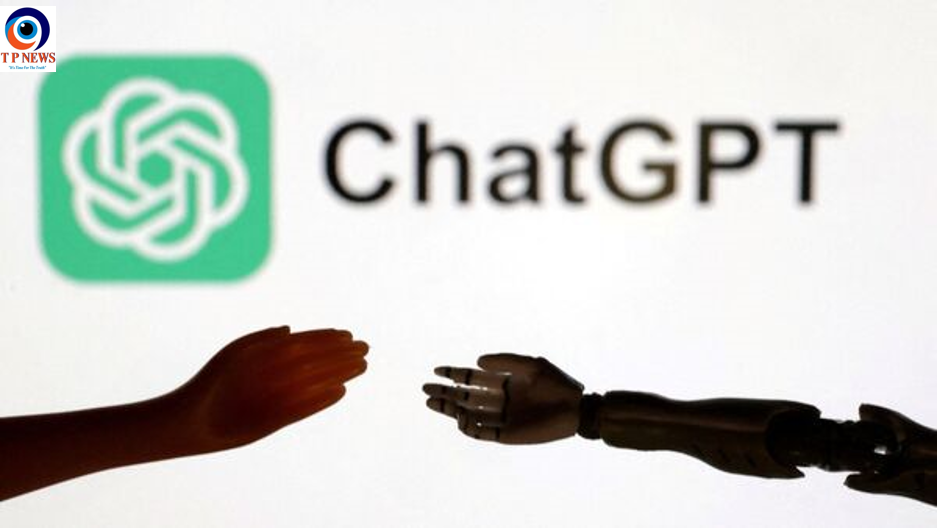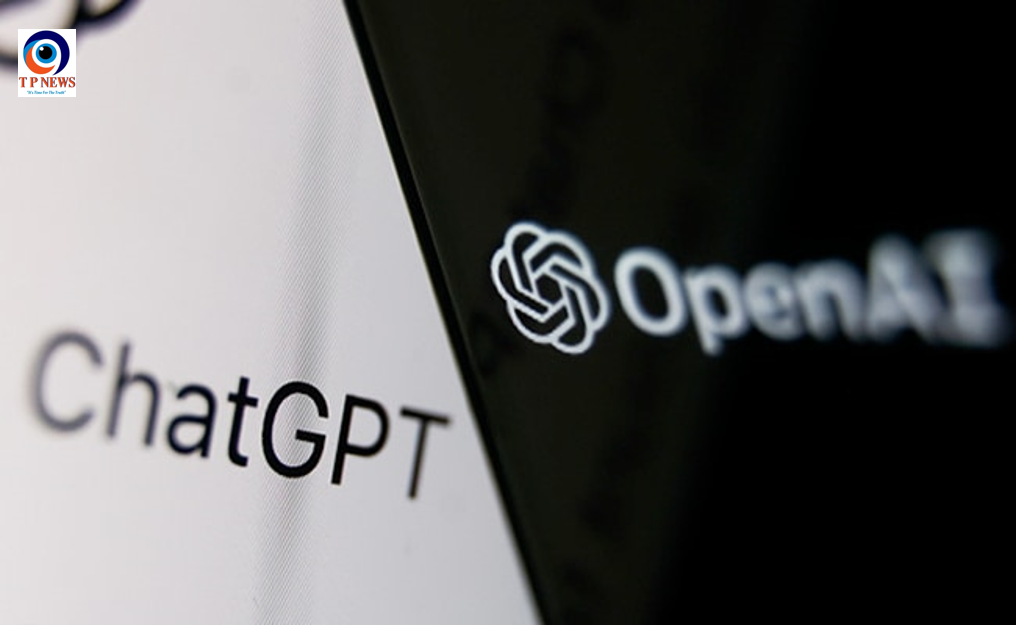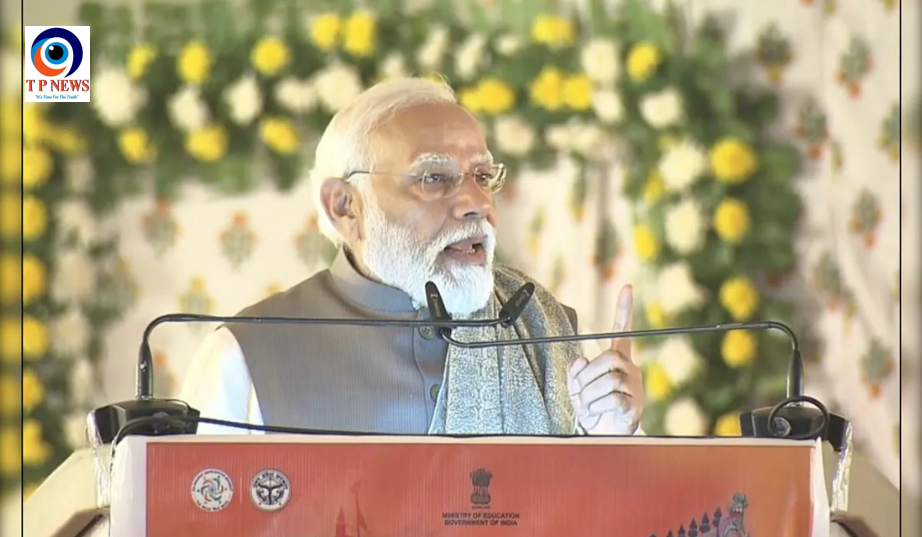To Enhance user experience and streamline accessibility, Microsoft is currently testing a feature in Windows 11 that would automatically launch its AI-powered Copilot when the operating system starts, particularly on widescreen devices. This development was shared as part of the latest Dev Channel preview of Windows 11, allowing testers to provide valuable feedback before the feature’s widespread release.
While Microsoft hasn’t precisely defined what qualifies as a “widescreen” device, it alludes to the launch of Copilot “when you’re using a wider screen.” This terminology could encompass ultrawide displays, indicating a move towards optimizing the Copilot experience for users with expansive screens.
Microsoft clarified that the initial testing phase targets devices with a minimum diagonal screen size of 27 inches, a pixel width of 1920 pixels, and is limited to primary display screens in multi-monitor setups. This careful selection aims to ensure a smooth and effective rollout.
Notably, Microsoft has introduced a dedicated Copilot key on Windows PC keyboards, intended to simplify the engagement with the Copilot in Windows experience. This key, alongside the traditional Windows key, becomes an integral part of PC keyboards. When activated, the Copilot key seamlessly invokes the Copilot in Windows experience, providing users with a convenient and efficient means of incorporating Copilot into their daily routines.
Yusuf Mehdi, Executive Vice President and Consumer Chief Marketing Officer at Microsoft, highlighted the significance of this development, stating in a blog post, “The Copilot key joins the Windows key as a core part of the PC keyboard, and when pressed, the new key will invoke the Copilot in Windows experience to make it seamless to engage Copilot in your day-to-day.”
As Microsoft continues to innovate and refine its offerings, this move underscores the company’s commitment to providing users with intuitive and integrated tools that seamlessly adapt to their computing needs. The introduction of a dedicated Copilot key and the automatic launch feature aligns with Microsoft’s broader strategy to enhance accessibility and user-friendly interactions within the Windows ecosystem.













